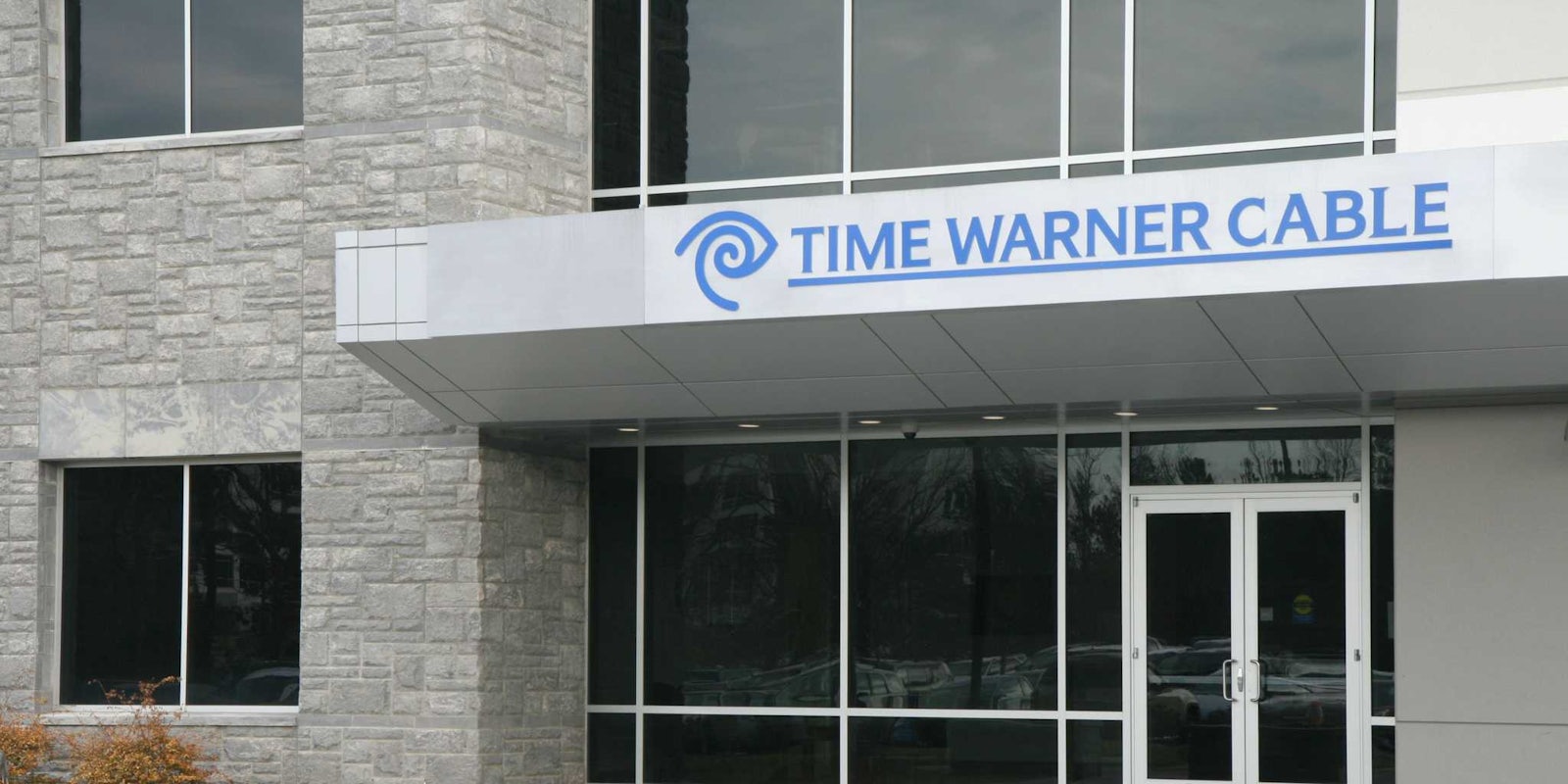Araceli King would like to be left alone. The Irving, Texas, resident had her phone ringing off the hook for the better part of a year, receiving 153 robocalls from Time Warner Cable.
Receiving that many calls from one company would be bad enough, but TWC wasn’t even looking for King. The calls were intended for Luiz Perez, a previous owner of King’s phone number. Yet despite King making this clear to a company representative, the calls never stopped.
The cable company was trying to collect on late bills from Perez, but now its efforts to shake her down are going to cost it a lot more than a cable bill. The company has been hit with a $229,500 fine for its constant hounding of King—$1,500 per call, which is triple the standard amount.
“Defendant harassed plaintiff with robo-calls until she had to resort to a lawsuit to make the calls stop, and even then TWC could not be bothered to update the information in its IVR system,” Judge Alvin Hellerstein of the U.S. District Court for the Southern District of New York wrote in his ruling.
TWC argued that it was not liable because it believed it was calling Perez, who had consented to the calls. But King’s attempts to stop the calls, and the fact that TWC continued to call her 74 times after she filed her suit in March 2014, weakened the company’s defense.
Hellerstein wrote that the 74 calls placed after being sued were “particularly egregious violations of the TCPA [Telephone Consumer Protection Act] and indicate that TWC simply did not take this lawsuit seriously.”
Robocalls have become an endless annoyance, especially for landline holdouts. The issue has grown so rampant that the Federal Trade Commission (FTC) began offering rewards for people who presented viable ideas for fighting the obnoxious calls.
TWC is reviewing the ruling and has not decided if it will appeal. Charter Communications announced in May that it planned to purchase TWC for $56 billion. At monetary heights like that, what’s another $229,500?
H/T Engadget | Photo via Ildar Sagdejev/Wikimedia (CC BY SA 2.0)


